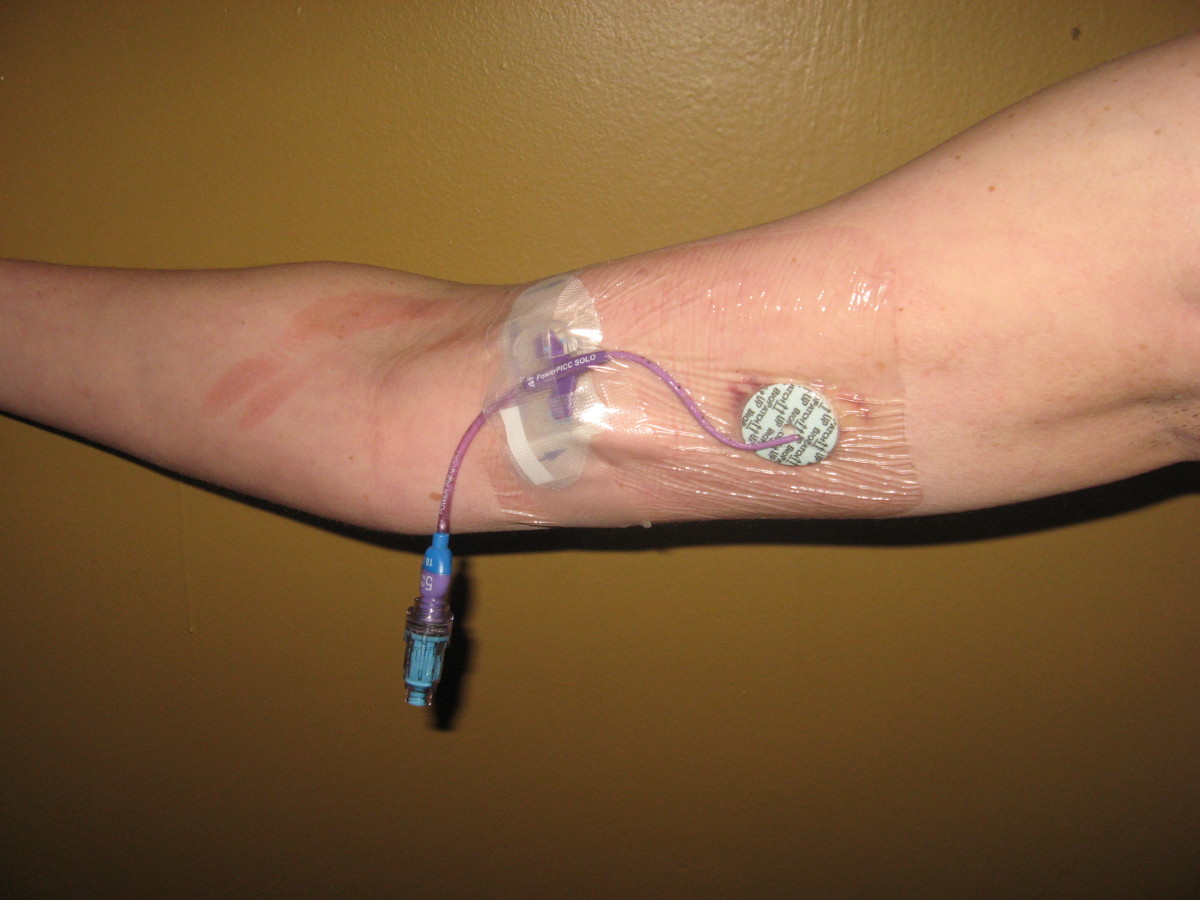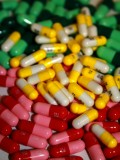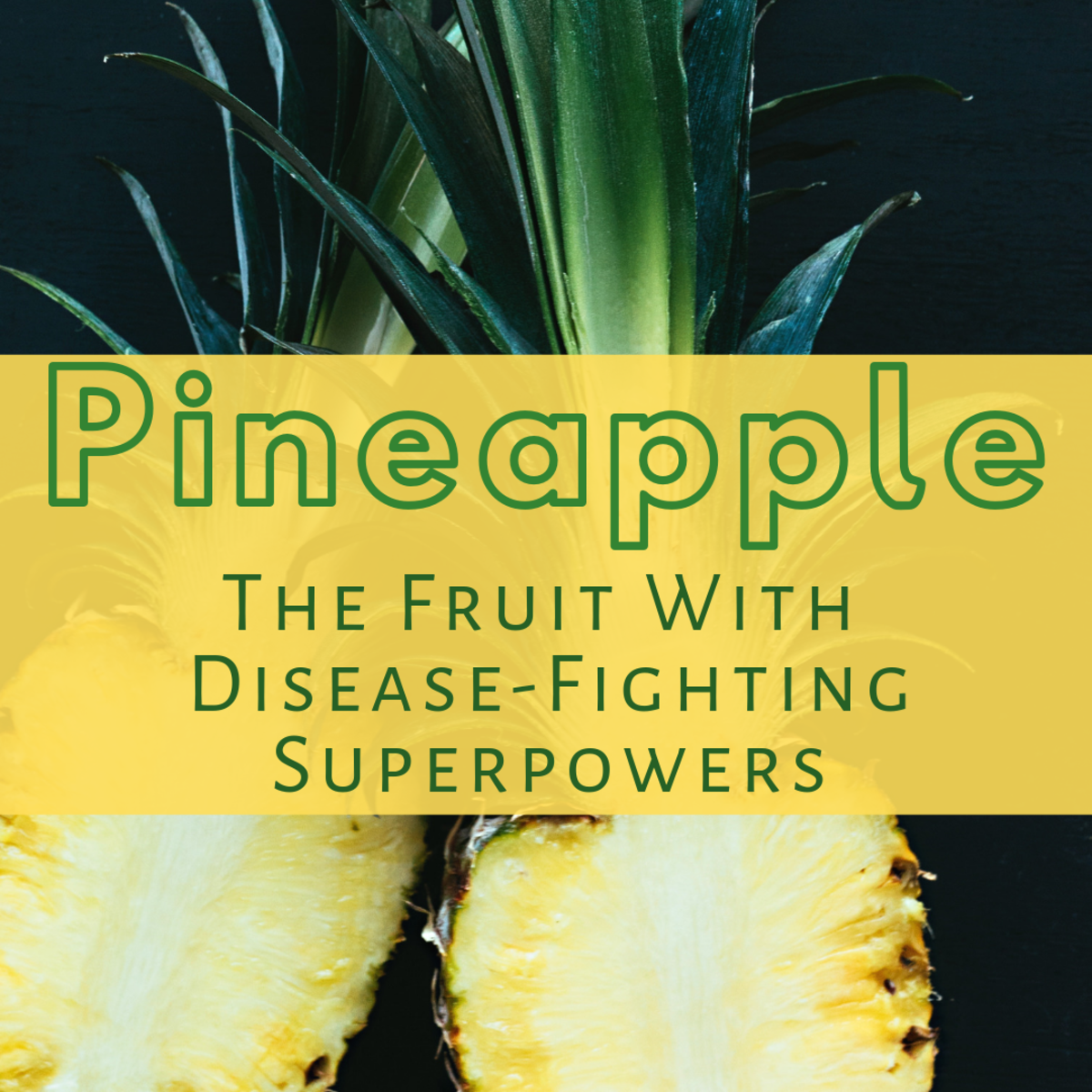Antibiotics! Do they really cure us!
What do antibiotics do?
Can you recall when the last time you had taken an antibiotic was? How frequently have you taken an antibiotic under doctor’s supervision within a span of one year? It is a fact that we are being subjected to a large variety of infections pathogens, parasites, etc, and our immune system has become comparatively weak. Hence, in order to prevent the diseases and related problems, doctors are forced to prescribe antibiotics. Antibiotics are a large group of medicines used to kill or stop the growth of microorganisms, especially bacteria. Consumption of antibiotics is usually associated with side effects. Many of us must have suffered from digestion related problems like accumulation of gas, loose motions, etc immediately after consuming antibiotics. Along with the disease causing bacteria, the friendly bacteria in the gut are also harmed by the intake of antibiotics. Do you know that antibiotics can cause some serious side effects and damage our body, silently, especially when taken for a very long span of time?
This article provides the information about how antibiotics damage our body and current development in the strategies for making the long term use of antibiotics safer.
Antibiotics – Mode of Action
The basic mechanism of action of antibiotics involves generation of oxidative stress in the pathogenic bacteria. A surge in the reactive oxygen species (ROS) is noticed as an end result of oxidative stress. ROS is highly reactive and damages the DNA and enzymes (proteins) of bacteria. These reactive oxygen molecules can also disrupt the membrane that encloses the bacteria, finally leading to the death of the bacteria.
Damage to mitochondria by bacteria
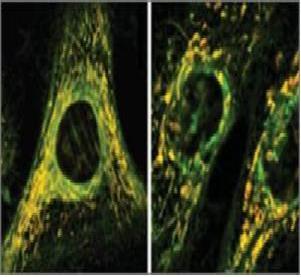
Effect of Oxidative stress
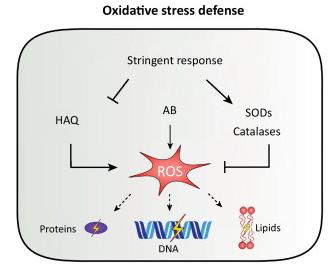
The Downside of Antibiotics
Antibiotic Resistance:
No doubt, antibiotics can cure many diseases and many times rescue our lives, but it is also a truth that they should be used sparingly. The increased frequency of the use of these antibiotics has led to the development of new strains of bacteria which are resistant to antibiotics. As a result, man starts depending on a more powerful antibiotic.
Damage to the Mitochondria:
According to the studies conducted by Jim Collins and his team at Wyss Institute, ROS generated by the antibiotics can damage the mitochondria of the healthy cells also, in turn affecting the energy production system of the cells. Why are mitochondria targeted by the antibiotics? Mitochondria are known as ancient bacteria which have DNA and other molecules similar to the bacteria. Some antibiotics produce ROS through out the body and hence, can damage the mitochondria in different parts of the body. Collins and his team studied the effect of ciprofloxacin, ampicillin, kanamycin on human cell lines. Results showed an over production of ROS and mitochondrial dysfunction. These drugs were found to be unsafe when used for a longer term (more than 4 days). The ROS produced by the antibiotics damaged the DNA, proteins and lipids. Side-affects like hearing loss, diarrhea, inner-ear problems, tendonitis, impaired kidney function, etc, are the net out come of the oxidative stress created in the healthy cells by antibiotics. Our DNA damage repair system can efficiently rectify the damage created by the antibiotics used for a short period. But, the damage created by the long term use is difficult to be repaired.
Other Reported Side Effects:
Many people are allergic to antibiotics and show symptoms like increased heart beat, rapid breathing, becoming unconscious, etc. These people should report these alarming signs so that they are cured with the help of antihistamines. Moreover, they should avoid the use of these antibiotics alone or in combination with other drugs. A commonly prescribed drug like azithromycin has been detected to cause irregular heart rhythm leading to cardiac death in some patients.
Strategies for Making the Long Term Use of Antibiotics Safer
In order to make the use of antibiotics safe, Jim Collins and his team have devised two different strategies through their research. They discovered that bacteriostatic antibiotics like tetracycline did not lead to the surge of ROS. Tetracycline does not kill the bacteria, rather it blocks the protein synthesis machinery, hence stopping its growth.
The second strategy involved the use of FAD approved antioxidant N-acetyl-l-cysteine (NAC). Antioxidant selectively acts on the ROS by making it less reactive but does not affect the bactericidal properties of the antibiotic.
Making the Use of Antibiotics Safer
In many countries, the awareness about the side effects caused by antibiotics is limited. It is a general practice to prescribe a broad spectrum antibiotic with an apprehension that almost all the bacteria present in the bacteria will get killed in a single go. Many people in countries like India take antibiotics without prescription of the doctor. It is good to avoid antibiotics but, if it becomes inevitable, use of bacteriostatic antibiotics should be preferred. Prescription of FDA approved antioxidants like NAC can prevent the loss due to oxidative stress to some extent. Can the consumption of antioxidant rich food like fruits and vegetables also reverse the affects of oxidative stress created by the antibiotics? Further research in this line can make the consumption of antibiotics much safer.
Source of information
Sameer Kalghatgi, James J. Collins, et al. (2013). Bactericidal Antibiotics Induce Mitochondrial Dysfunction and Oxidative Damage in Mammalian Cells. Science Translational Medicine. 5 (192). 192ra85.


